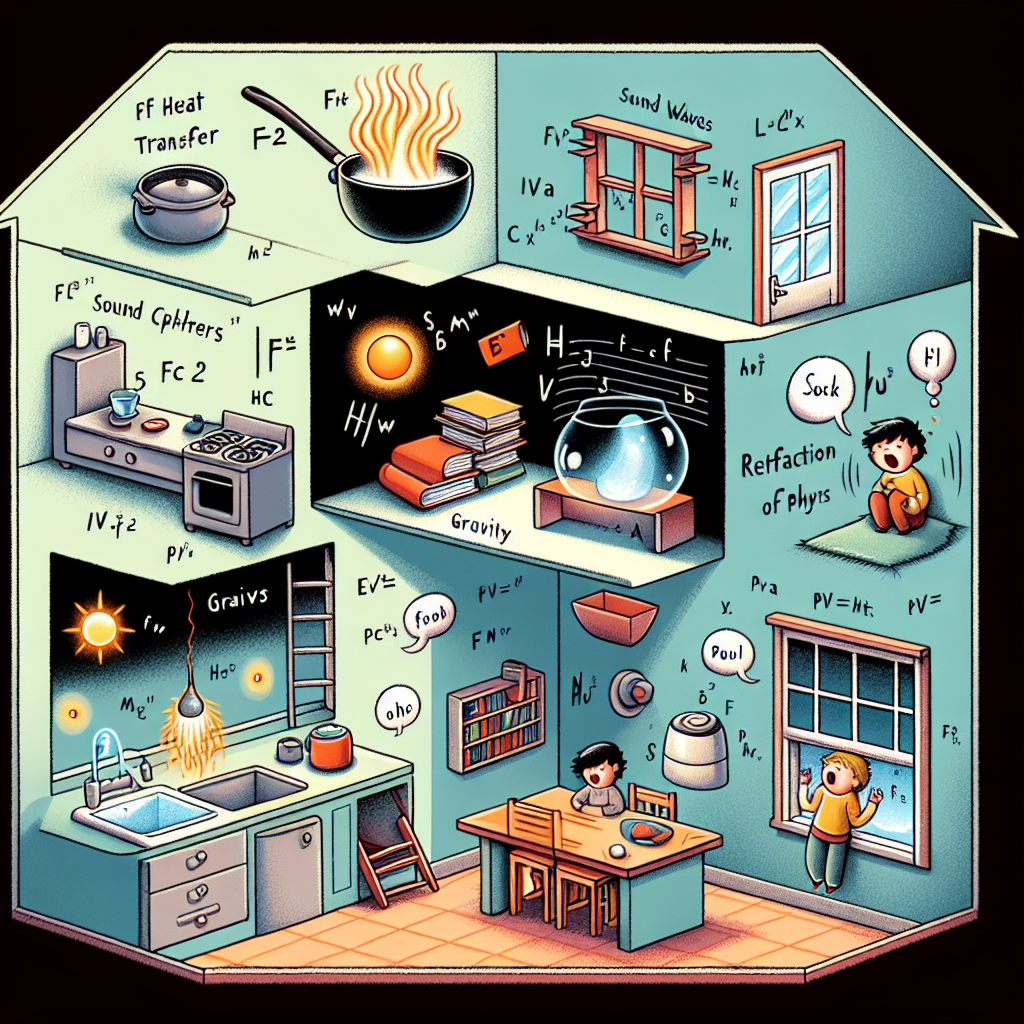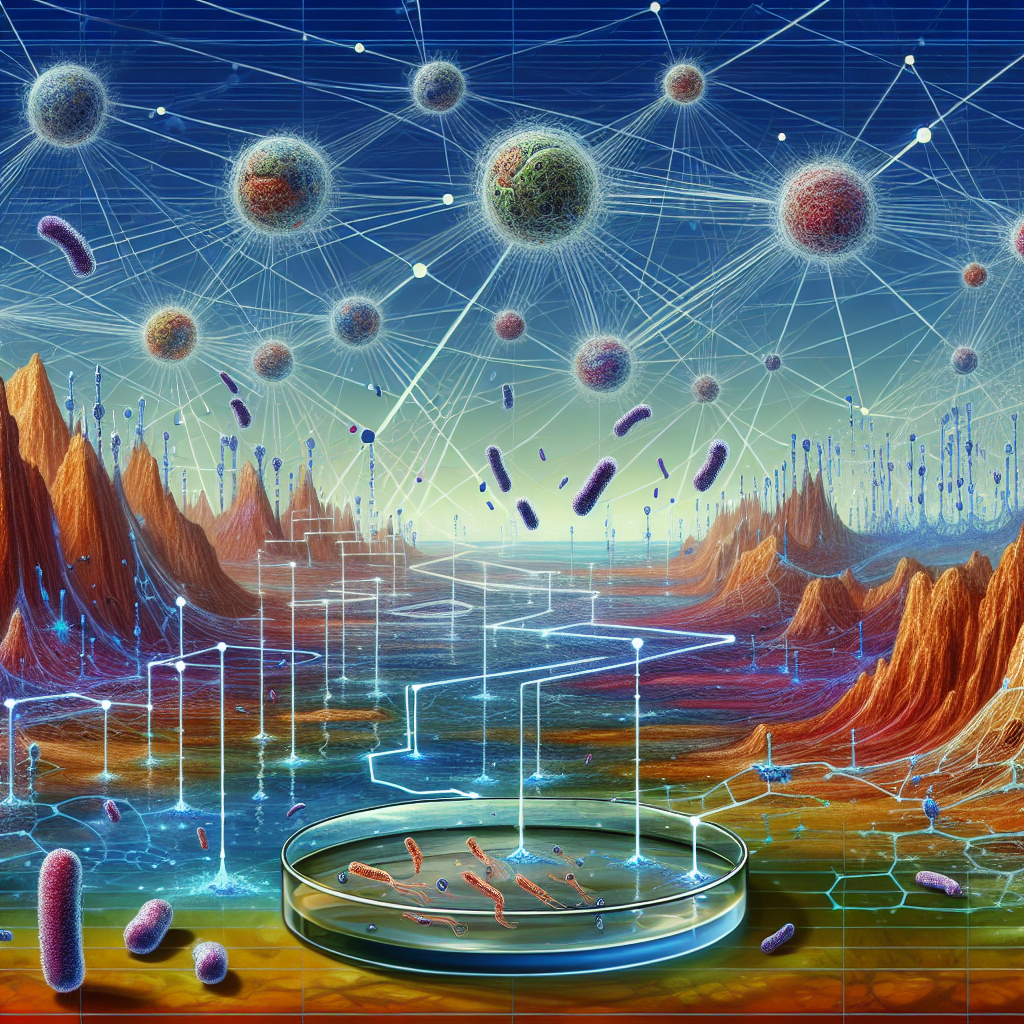We often think of physics as something confined to laboratories, chalkboards filled with equations, or the distant reaches of space. But in truth, physics governs every blink, step, and sip of coffee you take — it’s the invisible architect behind the world you experience every moment. Once you begin to notice it, you’ll realize that even the simplest things around you are silent demonstrations of deep physical principles.
Take your morning routine. When you pour coffee into a cup, the liquid’s smooth curve and the way it clings to the sides is a dance of surface tension and adhesion. The aroma rising from it? That’s physics too — molecules moving faster as heat energizes them, spreading through the air via diffusion until they reach your nose. And when you blow on that hot cup to cool it, you’re accelerating convection currents, helping warm air escape faster and cooler air to take its place.
Every movement of your body is a physics problem beautifully solved by evolution. Walking, for example, is essentially a continuous cycle of controlled falling — gravity pulls you forward while your muscles and bones manage the balance and energy transfer. Each step involves forces of friction that stop your foot from sliding, and Newton’s third law — every action has an equal and opposite reaction — pushes you forward. Even the sound of your footsteps changes depending on the material beneath you, because of acoustic wave reflection and absorption.
Then there’s the way your phone screen responds to your touch. That glass is coated with a thin, transparent layer that conducts electricity. When your finger — which also carries a small electrical charge — touches the screen, it changes the local electrostatic field. The phone’s circuitry detects that change and calculates your fingertip’s position in microseconds. You’re literally interacting with electromagnetic fields every time you scroll through social media.
The everyday marvels don’t stop there. When you hear the distant rumble of thunder after seeing lightning, you’re experiencing the finite speed of sound — about 343 meters per second — compared to the near-instantaneous speed of light. The delay between the flash and the boom actually tells you how far away the storm is, a real-world physics calculation that early humans made long before science gave it a name.
Consider also the magic of microwaves — a kitchen appliance so ordinary we forget its brilliance. Microwaves work by sending electromagnetic radiation at a frequency that specifically excites water molecules, causing them to vibrate rapidly. That vibration is heat. In other words, you’re using invisible waves of energy to make molecules dance faster until your leftovers are steaming.
Even the colors you see around you are physics in action. A ripe apple appears red because its skin reflects light in the red part of the visible spectrum and absorbs the rest. The blue of the sky is due to Rayleigh scattering, where shorter wavelengths of light (blue) scatter more than longer ones (red) as sunlight passes through the atmosphere. It’s the same reason sunsets turn orange — as the sun dips lower, light has to travel through more air, scattering away the blues and leaving behind the warmer hues.
And perhaps the most unnoticed physics of all happens right inside your ears. Sound is nothing more than pressure waves traveling through the air. Your eardrum vibrates in response to these fluctuations, and tiny bones amplify them before they’re translated into electrical signals in your brain. Every song, every laugh, every whispered secret is just air vibrating at different frequencies — a world of rhythm carved out by physics.
The truth is, physics isn’t distant or abstract. It’s what allows you to stand, breathe, and see. It’s in the flick of a light switch, the fall of a leaf, and the shimmer of a soap bubble that holds all the colors of the rainbow because of thin-film interference — light waves bouncing inside layers of water that amplify and cancel each other in perfect harmony.
Once you begin to recognize these hidden mechanics, life itself becomes an endless experiment. Every object, every sound, every motion — all are proof that the universe runs on principles so consistent and elegant that they weave together the mundane and the cosmic. The next time you pick up your coffee, walk across the floor, or glance at the sky, remember: you’re surrounded by physics. You always have been. You just hadn’t noticed.




